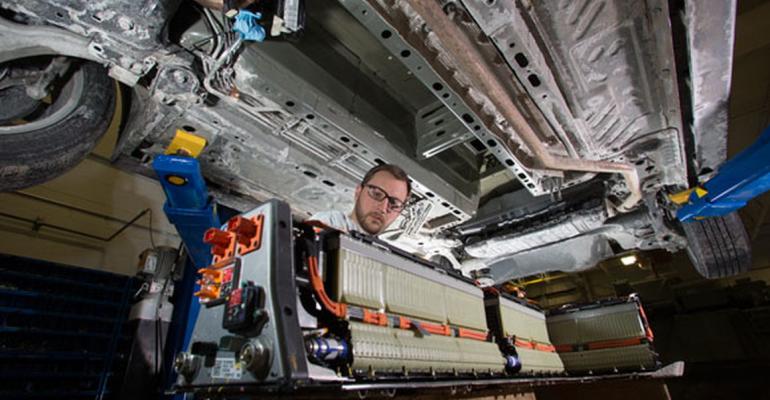A 4-year project is showing promising results in strengthening Canada’s position in the growing market for electric-motor components.
The National Research Council is working with Hydro-Quebec subsidiary TM4 and Rio Tinto Metal Powders to develop technologies to reduce the components’ cost.
“By sharing knowledge and transferring technology, we’ve come up with new manufacturing processes that helped create a new motor design with superior characteristics,” Michel Dumoulin, NRC general manager-Automotive and Surface Transportation, says in a statement.
“Our support is instrumental in opening up new markets and in establishing a competitive supply chain for electric-vehicle components.”
Next to batteries, traction electric motors are the most expensive component in EV powertrains because of the manufacturing process and the cost of materials, such as the rare-earth elements contained in the permanent magnets.
TM4 Innovation Director Martin Houle says working with the NRC, his company found a way to include 60% fewer permanent magnets by substituting them with more than 100 small magnetic components – creating smaller, less-expensive and more-efficient motors.
“Our new motor technology is already in high demand,” Houle says. “It is being integrated into TM4’s Sumo electric-motors series, with large numbers already ordered.”
Chantal Labrecque, director of Rio Tinto ferrous products research and technology, says the collaboration is combining complementary skills to develop iron powders for EV applications.
“We support research and development of innovative applications in the automotive sector as iron powder is a material of choice to strengthen Canada’s position in electric-motor components,” Labrecque says.





